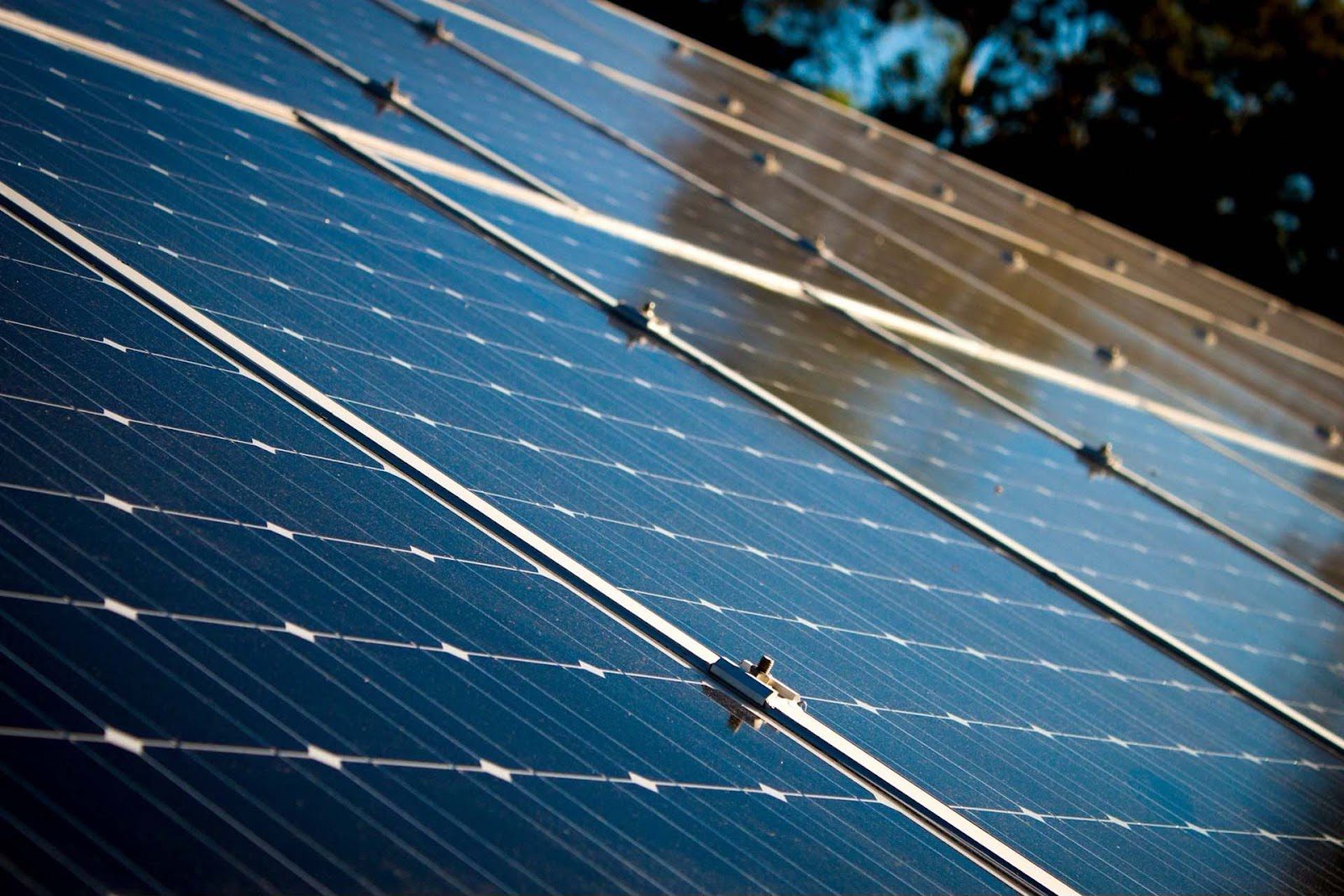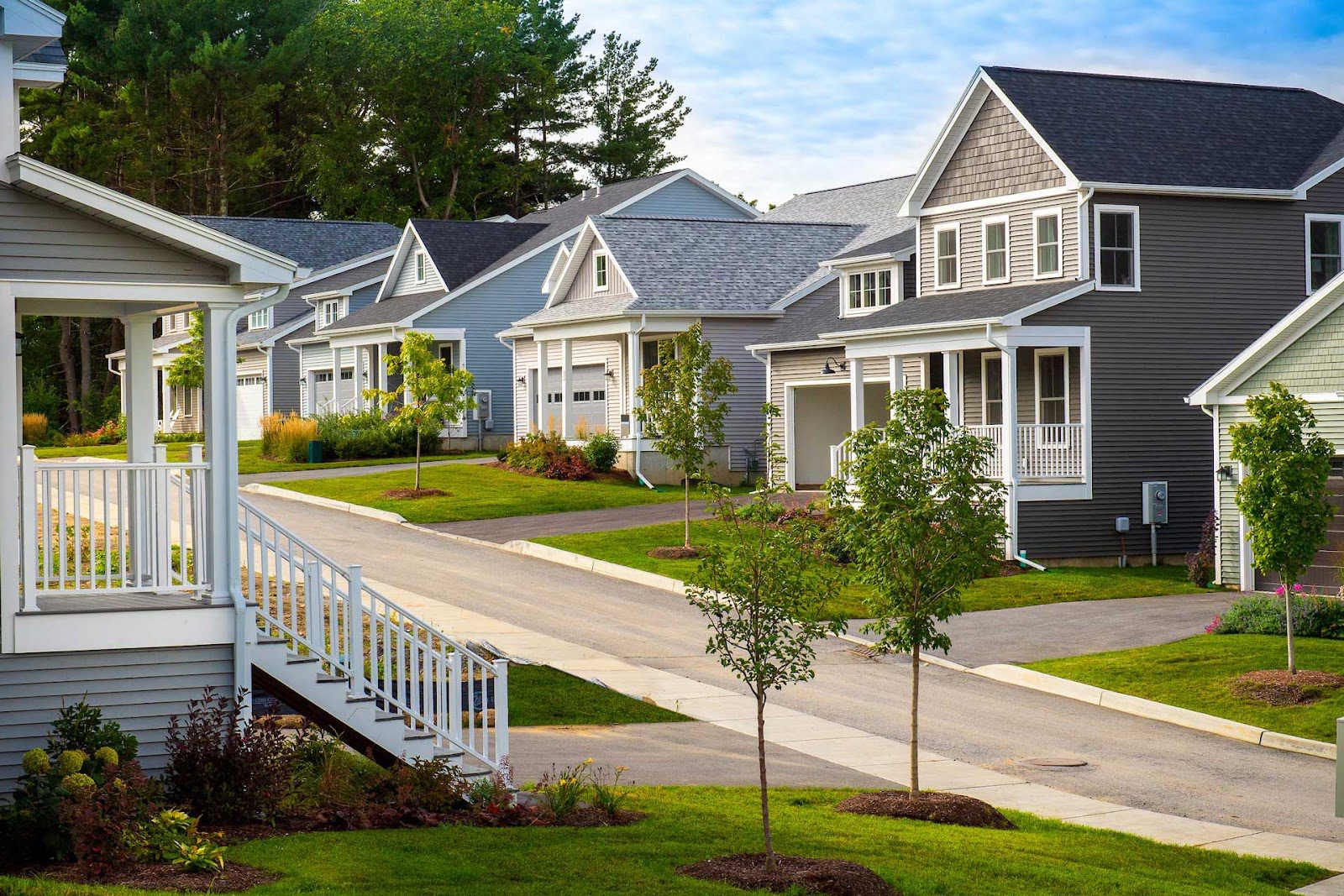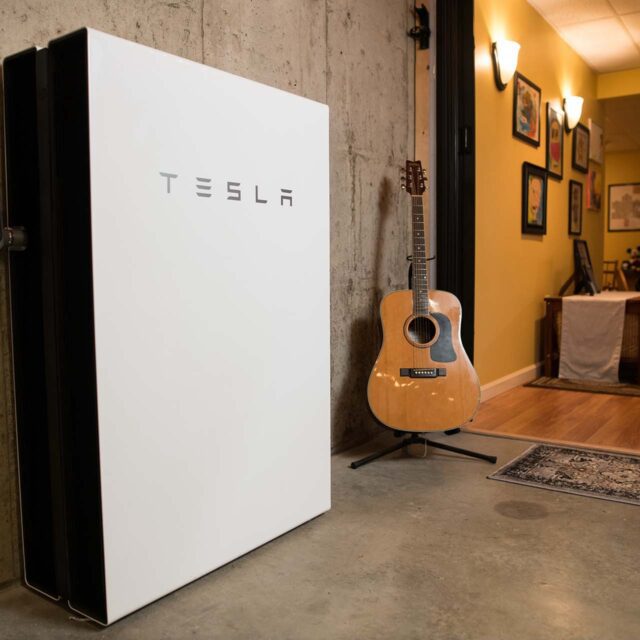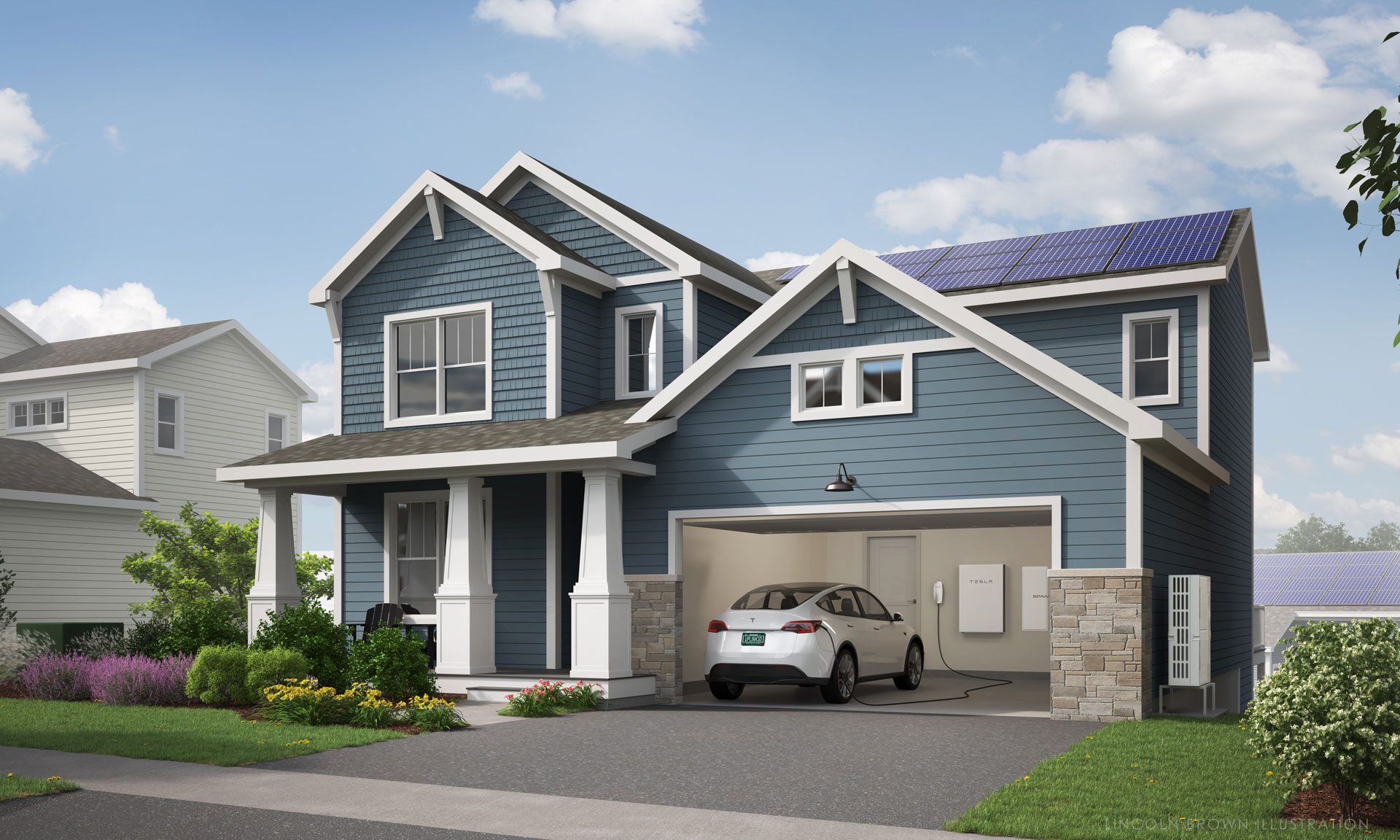Vermont has a reputation for doing things a little differently than the rest of the country and for having a progressive mindset when it comes to the environment. So, it should come as no surprise that the Green Mountain State has moved to the forefront of solar-powered communities.
In May, development began on Vermont’s “first all-electric, solar-powered, storm resilient neighborhood” with microgrid backup power, Electrek reported. That description covers a lot of ground, but it essentially means that none of the homes will depend on fossil fuels for energy.

Photo Courtesy Hillside at O’Brien Farm
The neighborhood, Hillside East, is located in South Burlington, VT, and features 155 single-family and multi-family homes. Homes are priced starting at $500,000, which is the market rate in South Burlington, Electrek reported.
According to the Hillside East website, all homes are 100% carbon-free and aim to provide residents with stable energy costs and resiliency against power outages via a microgrid. It claims to be “one of the first 100% fossil fuel and carbon-free neighborhoods” in the United States.

Photo Courtesy Hillside at O’Brien Farm
The company says the community is built to the U.S. Department of Energy’s Zero Energy Ready Home (ZERH) and Energy Star certifications. The ZERH program certifies that homes are efficient enough that a renewable energy system could offset most or all of its yearly power use.
According to the firm website, every Hillside East home is equipped with three Tesla Powerwall energy storage systems to provide “maximum resiliency” against severe weather.
These systems allow a home’s power to switch to battery power so homeowners have no disruption during an outage. In addition, Hillside East will have an on-site, community-scale backup battery system to provide further resiliency during extended regional outages.

Photo Courtesy Hillside at O’Brien Farm
Because Hillside East is a solar community, all homes have the ability to charge their Tesla Powerwalls and store their renewable energy. The combination of solar and storage keeps homes powered while solar panels recharge the batteries. Electric vehicle charging ports are standard in every home.
The neighborhood itself is being built without any fossil fuel infrastructure. The expectation is that by 2030, all electricity consumed will be fully renewable, as committed by Green Mountain Power (GMP). The Vermont utility became the first to earn B Corp certification for meeting social, environmental, and accountability standards for customers.
As Electrek noted, the Powerwalls at each home will combine with the community microgrid to create a virtual power plant that will lower costs for all GMP customers on peak energy days. It also said that “the homes’ increased electric use will also drive down costs” for all Vermont GMP customers.
In addition, homes will feature ducted heat pump systems for heating and cooling, along with electric and induction appliances and a level 2 EV charging port in the garage.

Photo Courtesy Hillside at O’Brien Farm
The estimated electricity cost will be $85 a month, with no upfront expenses — which Electrek said is “a lot less than retrofitting a home with equivalent solar panels and batteries.”
The Hillside East project has drawn the praise of green energy advocates and lawmakers. Among them is U.S. Sen. Peter Welch from Vermont, who co-sponsored the U.S. Green New Deal and attended the Hillside East groundbreaking ceremony.“Vermonters are facing two overlapping challenges: a dire housing shortage and the ongoing climate crisis,” Welch said at the event. “This project helps tackle both problems head-on … .”





